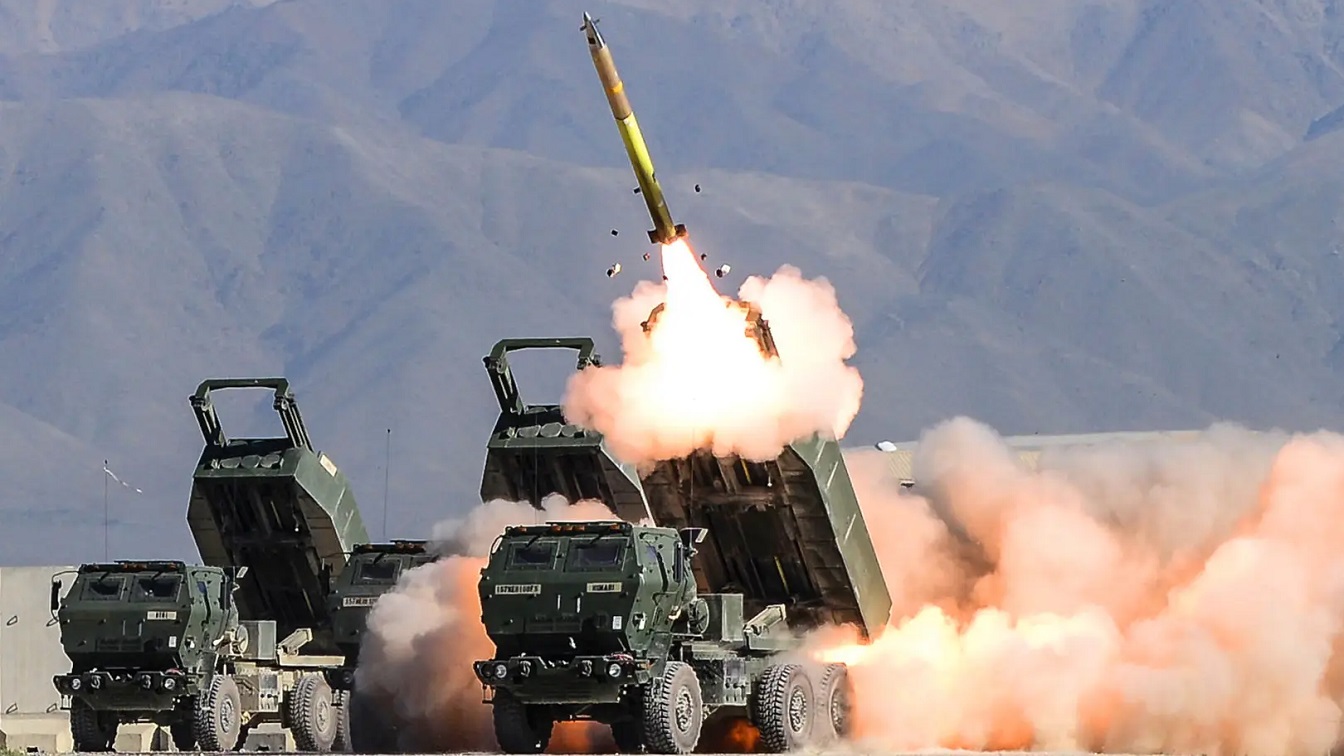On August 9, 2022, President Biden signed the CHIPS and Science Act, sweeping legislation that seeks to strengthen the U.S. semiconductor supply chain, encourage investments in semiconductor manufacturing facilities in the United States, stimulate semiconductor research and development (R&D), and disincentivize U.S. investments in chip-making plants in China. Among other things, the legislation will provide $52.7 billion in federal outlays over five years for loans, loan guarantees, grants, and other financial support for domestic chip-making investments, as well as a 25 per cent tax credit for semiconductor investments in the United States. Bolstered by this unprecedented level of federal support, six major chip makers are investing in new wafer fabrication facilities (“fabs”) in the United States: Intel, Samsung, TSMC, GlobalFoundries, Texas Instruments, and Micron Technology.
The legislation will provide $52.7 billion in federal outlays over five years for loans, loan guarantees, grants, and other financial support for domestic chip-making investments.
Finding the Construction Workers and Fab Operators
This is very good news for the U.S. economy from many perspectives. Yet while a number of these projects have already broken ground, they are encountering a significant challenge: a shortage of construction workers needed to build the new facilities and a lack of qualified workers to run them. A prime illustration is in Arizona, where TSMC and Intel are racing to build new fabs while competing for scarce workers in the tightest U.S. labor market in decades.



















:quality(100):focal(3459x884:3469x894)/cloudfront-us-east-1.images.arcpublishing.com/thesummit/WMDHPTYZAJDV5GLOEPWLJJRY4A.jpg)
:quality(70)/cloudfront-us-east-1.images.arcpublishing.com/archetype/GVCSCDK7SVEHJHCXGXACYJQDZ4.jpg)
